
Life Cycle Phases of Data Analytics – A Complete Guide | Updategadh
Life Cycle Phases of Data Analytics
In the world of data-driven decision-making, data analytics plays a crucial role in helping businesses, researchers, and organizations uncover insights from large volumes of data. But the real magic of analytics doesn’t just happen at the push of a button—it unfolds through a well-defined and strategic life cycle.
Machine Learning Tutorial:-Click Here
🌐 What Is the Data Analytics Life Cycle?
The Data Analytics Life Cycle is a step-by-step approach designed to solve Big Data problems and manage data science projects efficiently. This methodology helps data teams plan, execute, and refine tasks related to data acquisition, processing, analysis, and reuse.
Think of it as a roadmap guiding the journey from a business problem to a data-driven solution.
🔍 Phase 1: Discovery
Every successful project starts with asking the right questions.
In the discovery phase:
- The data science team gets familiar with the business domain and the specific problem they’re solving.
- They identify potential data sources, both internal and external.
- Initial assumptions or hypotheses are formed, which are later tested with actual data.
- The team defines the goals, success criteria, and deliverables of the project.
This phase is more about exploration, understanding the scope, and setting the foundation.
🧹 Phase 2: Data Preparation
Often referred to as data wrangling, this phase involves preparing raw data for analysis.
Key activities include:
- Cleaning, transforming, and integrating data from various sources.
- Creating an analytic sandbox where the team can experiment safely.
- Handling missing values, duplicates, and inconsistent formats.
Common tools used: Hadoop, Alpine Miner, OpenRefine.
Data preparation is rarely linear—it’s iterative and may need multiple rounds of processing.
Download New Real Time Projects :-Click here
🧠 Phase 3: Model Planning
Now that the data is ready, the team begins planning the analytics model.
- They explore relationships between variables and decide on the best data modeling techniques.
- This phase includes choosing algorithms, designing workflows, and structuring datasets for training and testing.
- The goal is to define a clear analytical approach.
Popular tools for this phase include MATLAB and STATISTICA, which allow robust data visualization and modeling capabilities.
🏗️ Phase 4: Model Building
With a plan in place, the team moves to construct the actual model.
Here’s what happens:
- The model is trained, validated, and tested using prepared data.
- The team evaluates whether the current infrastructure supports the computational needs of the model.
- They fine-tune parameters and optimize model performance.
Tools used in this stage can be:
- Free/Open Source: R, PL/R, Octave, WEKA
- Commercial: MATLAB, STATISTICA
It’s a technical yet creative process, where data meets intelligent design.
📊 Phase 5: Communicate Results
This is where data storytelling comes in.
After building and testing the model, the team must:
- Analyze outcomes and measure performance against the original objectives.
- Identify key findings and translate them into business value.
- Prepare presentations, dashboards, and visualizations to communicate insights effectively.
But communication isn’t just about pretty graphs—it’s about making stakeholders understand and act on the insights. Caution is taken to highlight assumptions, limitations, and next steps.
🚀 Phase 6: Operationalize
This final phase focuses on deploying the solution and sharing the benefits across the organization.
Steps involved:
- Launching a pilot to test the model in a real-world but controlled environment.
- Evaluating the model’s performance, scalability, and impact.
- Making necessary adjustments before full-scale rollout.
- Creating final documentation, presentations, and deployment scripts.
Free tools like WEKA, SQL, Octave, and MADlib are often used in this phase to help with implementation and monitoring.
Complete Advance AI topics:- CLICK HERE
SQL Tutorial :-Click Here
🔄 Wrapping Up
The Data Analytics Life Cycle isn’t just a checklist—it’s a strategic framework that ensures every aspect of data work is purposeful and aligned with business goals.
From asking the right questions to delivering actionable insights, each phase adds depth and direction to the analytics journey.
At Updategadh, we believe that understanding this life cycle can turn data into decisions and decisions into breakthroughs.
Life Cycle Phases of Data Analytics pdf
Life Cycle Phases of Data Analytics with example
Life Cycle Phases of Data Analytics diagram
model building in data analytics life cycle
Life Cycle Phases of Data Analytics ppt
Life Cycle Phases of Data Analytics in big data
5 phases of data life cycle Life Cycle Phases of Data Analytics
data science life cycle javatpoint
life cycle phases of data analytics ppt
life cycle phases of data analytics with examples
life cycle phases of data analytics pdf
life cycle phases of data analytics
life cycle phases of big data analytics
what are the phases of data lifecycle
data lifecycle and data analysis proce


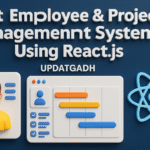
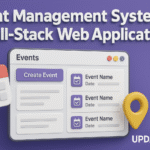
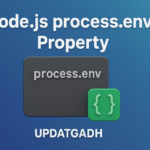

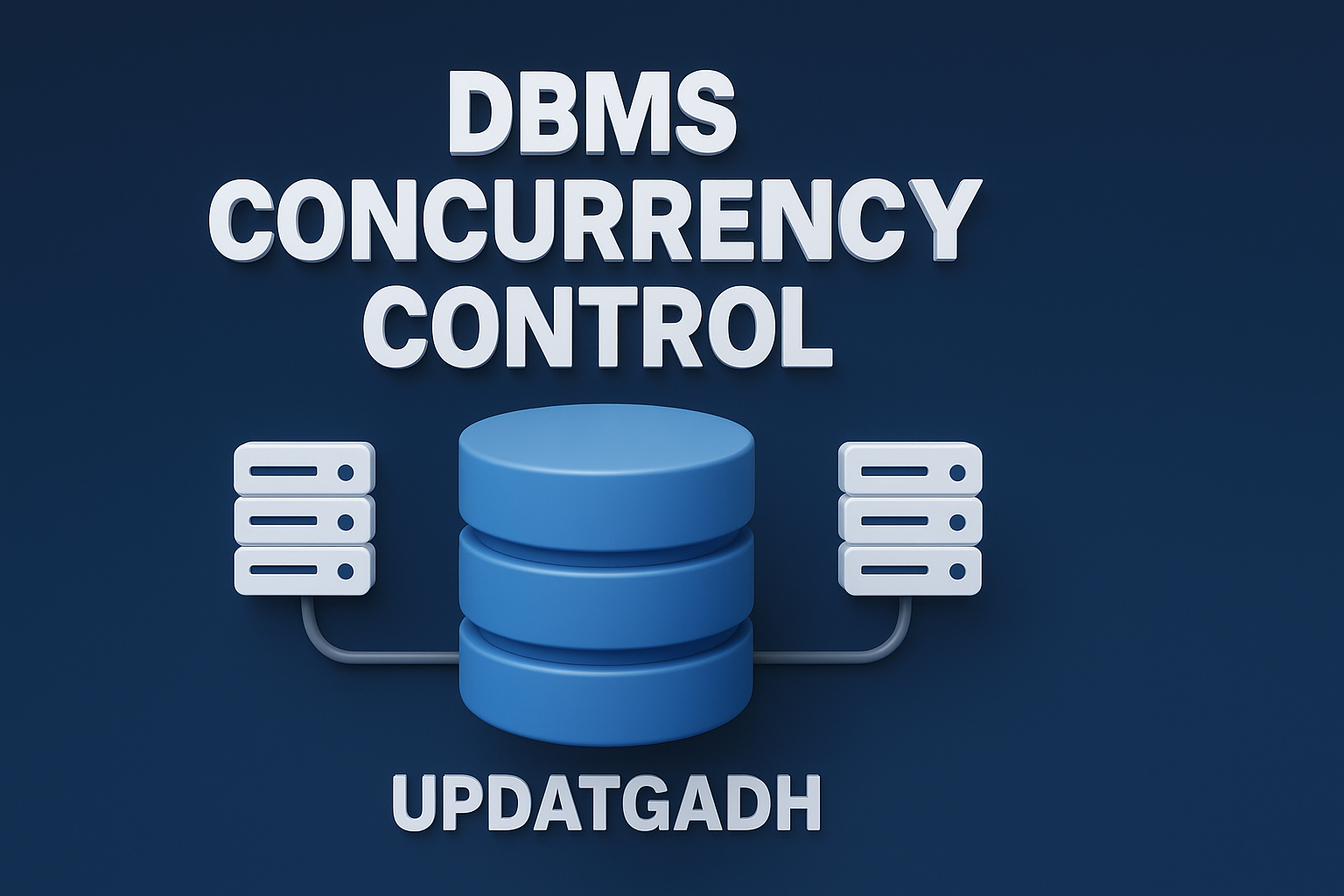
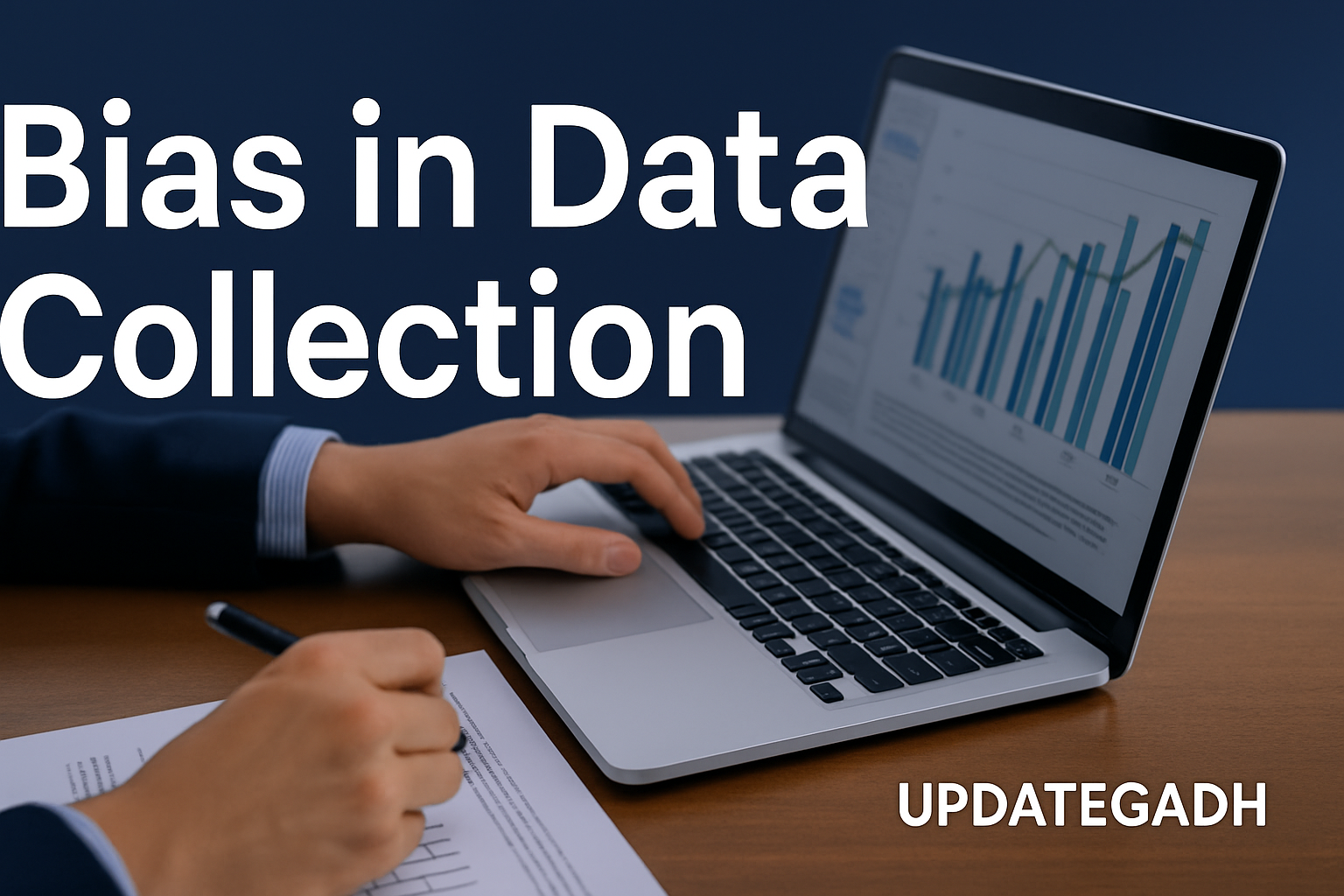
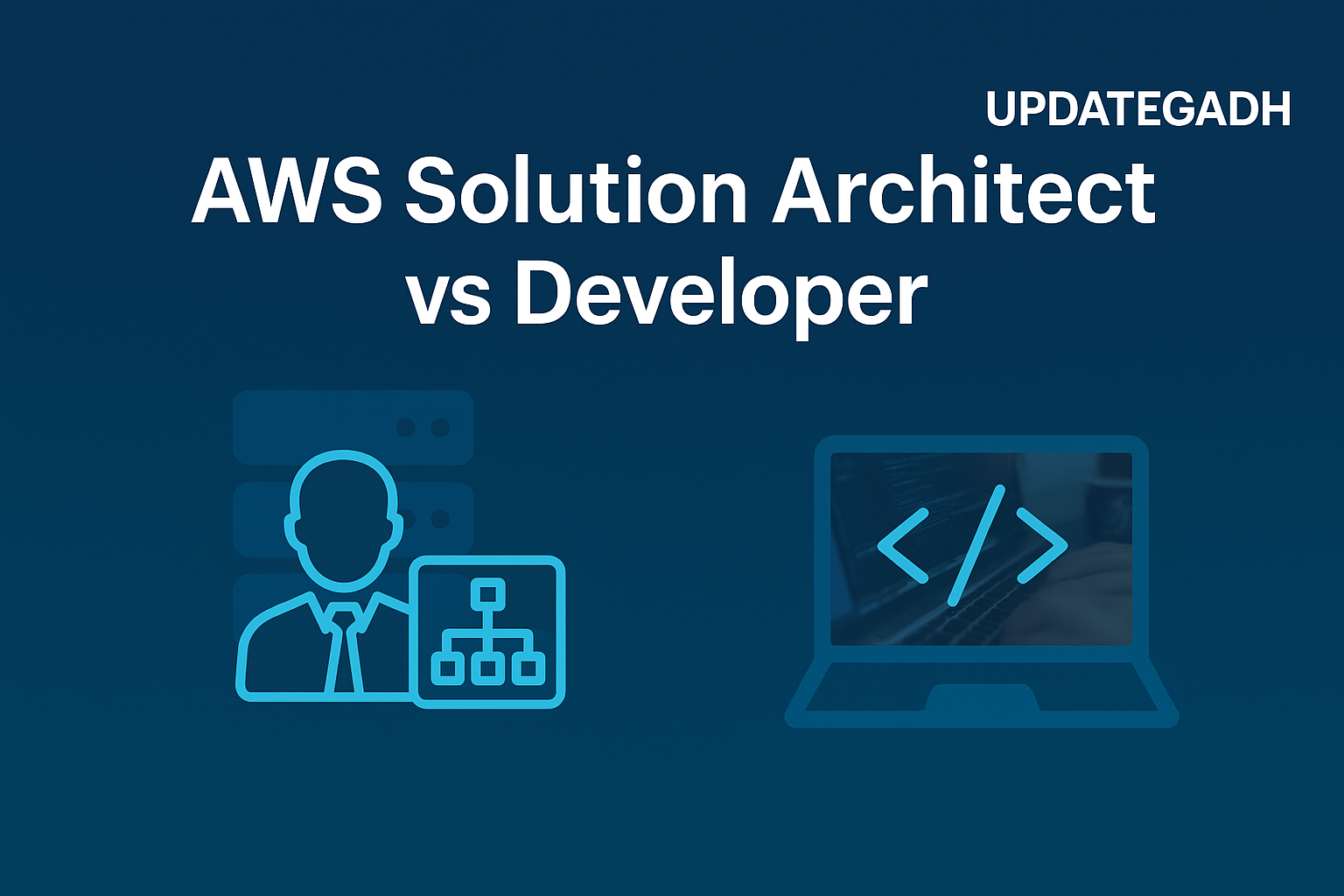
Post Comment